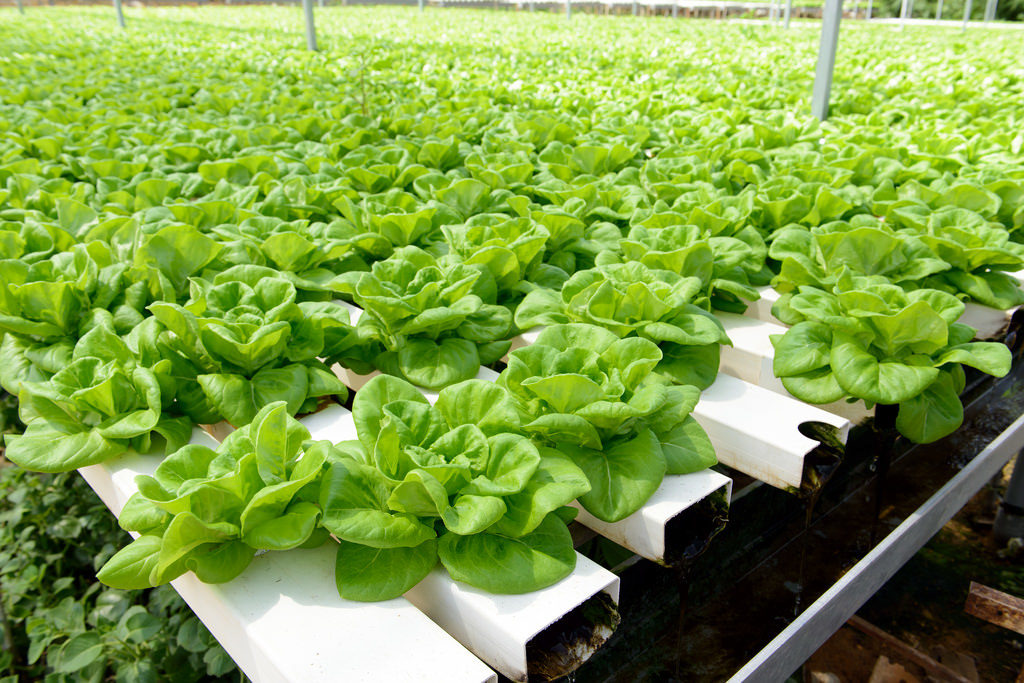Making the food-to-table process faster and more efficient can be a logistical challenge. This is especially true in large urban areas where cafés and restaurants are crying out for fresh fruits and vegetables. However, firms like Farm One are setting up indoor farms in busy metropolitan areas like Manhattan. Their example shows that a vertical hydroponic farm offers an innovative solution.
The startup grows specialist fresh ingredients to order for chefs. Then they deliver them by bike within 30 minutes of harvesting.
What’s more, as vertical hydroponic farms spread, they have the potential to move from niche to mass production. Therefore, if you fancy carving yourself a slice of the action, here are three steps to setting up a hydroponic farm.
1. Get Familiar with Hydroponic Farm Technology
If your expertise with hydroponics is limited, you’ll need to take time to really come to grips with the technology.
If you have the space, a containerized growing system allows you to grow fresh non-GMO food all year round. A hydroponic farm is basically a miniature indoor farm. Generally, farmers create them in converted shipping containers. Then they grow different plants, herbs and spices on shelves.
They grow these hydroponic plants in a nutrient-rich, water-based solution. In order to optimize yield, they frequently test the pH balance of the solution.
If you can bag an invitation to a friend’s indoor farm, you’ll see the system in action. There, you’ll learn basic techniques before investing in your own business.
RELATED ARTICLE: THE FUTURE FACE OF THE ORCHARD
2. Collaborate
If you’ve got ready-made buyers for your produce, you’ll feel more confident that your hydroponic farm will be sustainable. Therefore, network locally to see if local delicatessens, cafés and restaurants would be interested in purchasing your delicious produce. To entice them, provide free samples that you’ve grown on a small scale.
Berlin startup Infarm has gone a step further by installing mini farms in supermarkets. In the future, therefore, customers might routinely hand pick their own vegetables and fruits right in the grocery store. To support their project, Infarm raised four million Euros.
When it comes to starting your hydroponic farm, you might follow Infarm’s example. For instance, try to have reliable stakeholders already on board. This will make your venture more attractive to investors.
See what successful entrepreneur, Feras Antoon, has to say about business ideas you can build
3. Get Funding
Create a detailed business plan which explains how you’ll monetize your hydroponic farm business. If it projects a decent profit, there’s a chance you might secure a small business loan from a bank to get started.
However, applying for an eco-grant is another option. The green credentials of your enterprise could help you get financial support from your local or central government. Further, if your new hydroponic farm business will provide employment in the local area, you’ll be even more likely to gain governmental support.
If these first two income streams don’t prove lucrative, you might try setting up a crowdfunding campaign. This, too, could allow you to launch your hydroponic farm successfully. There’s a chance that members of the public will be enthusiastic about a new eco-conscious business that’s ready to make a worthwhile contribution to their neighborhood.
Conclusion
Follow these three steps to setting up a hydroponic farm and your entrepreneurial dreams will flourish as fast as your organic cabbages.


